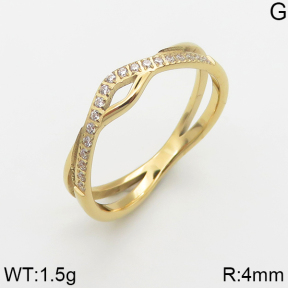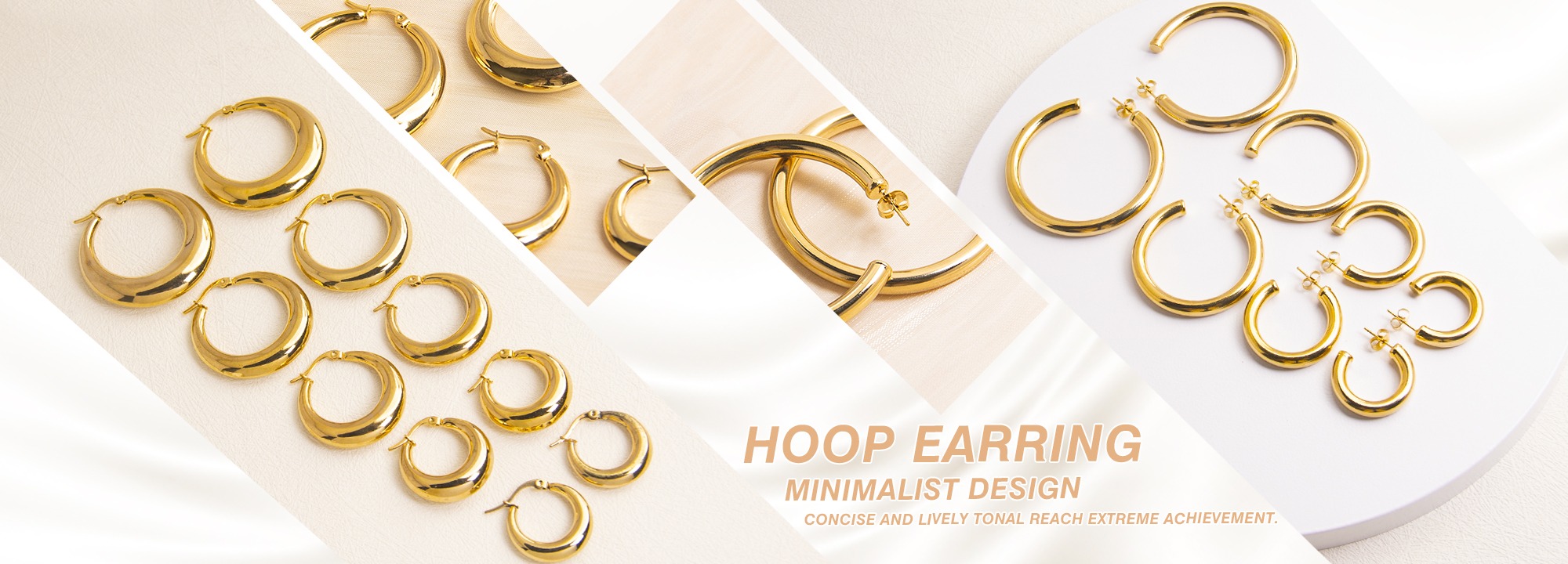The difference of Sterling Silver vs. Stainless Steel Jewelry
The world of jewelry is a realm of personal expression and timeless beauty, offering a diverse array of materials that cater to different tastes and lifestyles. Powell is One of China’s largest professional designer,manufacturer and wholesaler of stainless steel jewelry and 925 sterling silver jewelry since 2009. In this essay, we embark on a journey to compare two popular choices in the jewelry landscape: sterling silver and stainless steel. Additionally, we will unravel the question that often crosses the minds of jewelry enthusiasts—can stainless steel jewelry get wet? These inquiries delve into the practical aspects of jewelry ownership and highlight the unique qualities that make each material distinct.
Sterling Silver vs. Stainless Steel Jewelry:

When it comes to selecting jewelry, two materials that often stand out in the spotlight are sterling silver and stainless steel.Both have distinct characteristics that appeal to a wide range of consumers, and understanding their differences is crucial for making an informed choice.
Sterling silver, a classic and beloved choice, is an alloy composed of 92.5% pure silver and 7.5% other metals, typically copper. This combination lends sterling silver its recognizable shine and luster. However, it also means that the metal is susceptible to tarnishing over time due to exposure to air and moisture. This characteristic requires periodic cleaning and maintenance to preserve the metal's original brilliance.
On the other hand, stainless steel is an alloy composed of iron, chromium, nickel, and other elements. One of its primary advantages is its exceptional resistance to corrosion, tarnish, and rust. Stainless steel jewelry maintains its sheen over time with minimal upkeep, making it an attractive option for those seeking durable and low-maintenance pieces. Its versatility allows for a broad spectrum of designs, from simple and modern to intricate and ornate.
The choice between sterling silver and stainless steel often boils down to individual preferences and lifestyle considerations. Sterling silver, with its timeless elegance, may appeal to those who appreciate the warmth and traditional charm of precious metals. However, for individuals leading active lifestyles or seeking jewelry with longevity and minimal maintenance, stainless steel emerges as a contemporary and practical choice.
Can Stainless Steel Jewelry Get Wet?
One common concern among jewelry wearers, especially those with active lifestyles, is whether stainless steel jewelry can withstand exposure to water. The good news for enthusiasts of stainless steel is that this material is highly resistant to corrosion and rust, even in the presence of water.
Stainless steel jewelry is designed to endure everyday wear and tear, including contact with water. Whether you're washing your hands, swimming, or caught in the rain, stainless steel jewelry remains largely unaffected by moisture. This resilience makes it an ideal choice for those who want jewelry that can seamlessly transition from day-to-day activities to more adventurous pursuits.
Moreover, the resistance of stainless steel to tarnish and discoloration in the presence of water makes it suitable for long-term wear. Unlike certain metals that may lose their luster or undergo chemical changes when exposed to moisture, stainless steel maintains its integrity, ensuring that your jewelry remains as beautiful as the day you acquired it.






